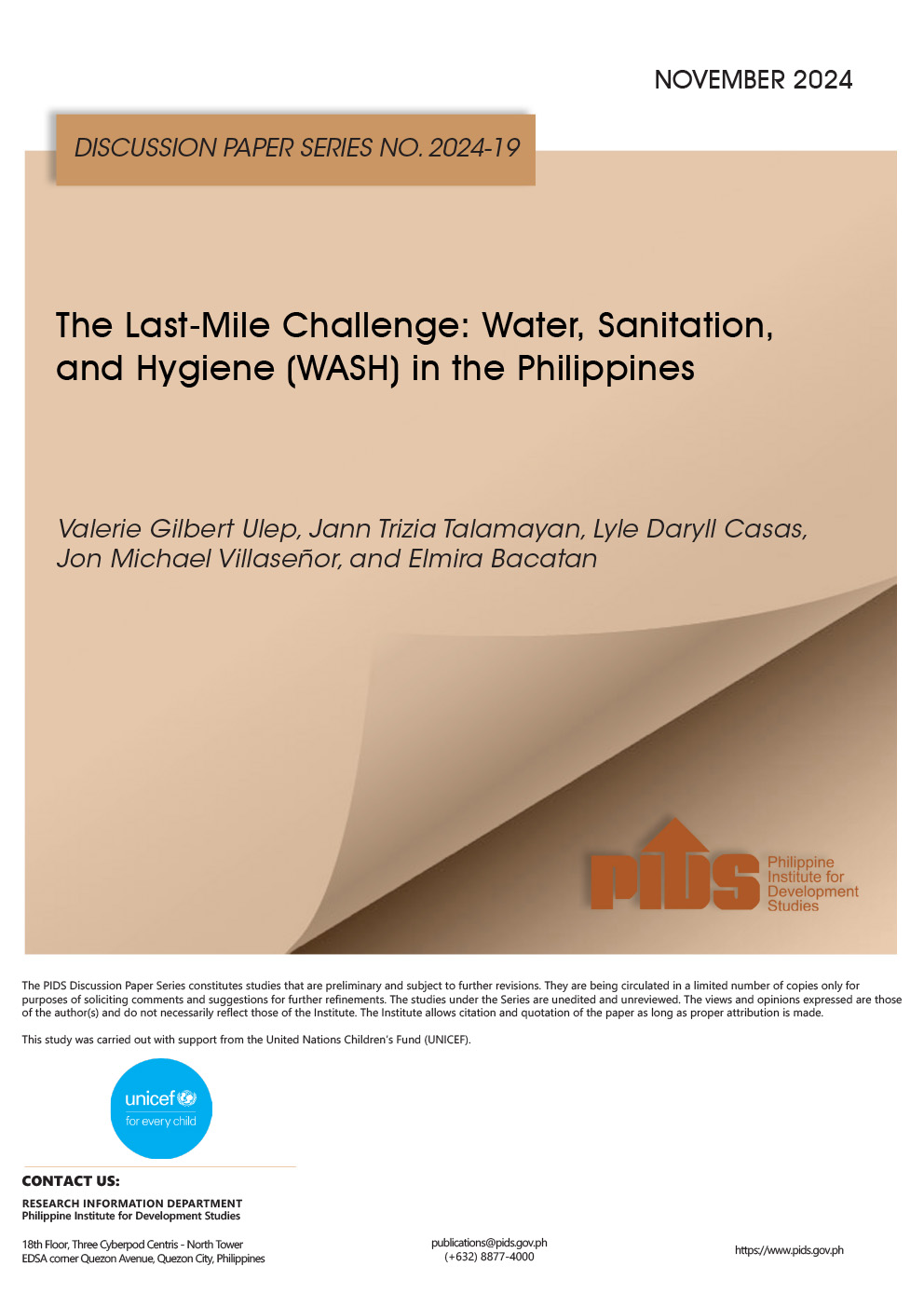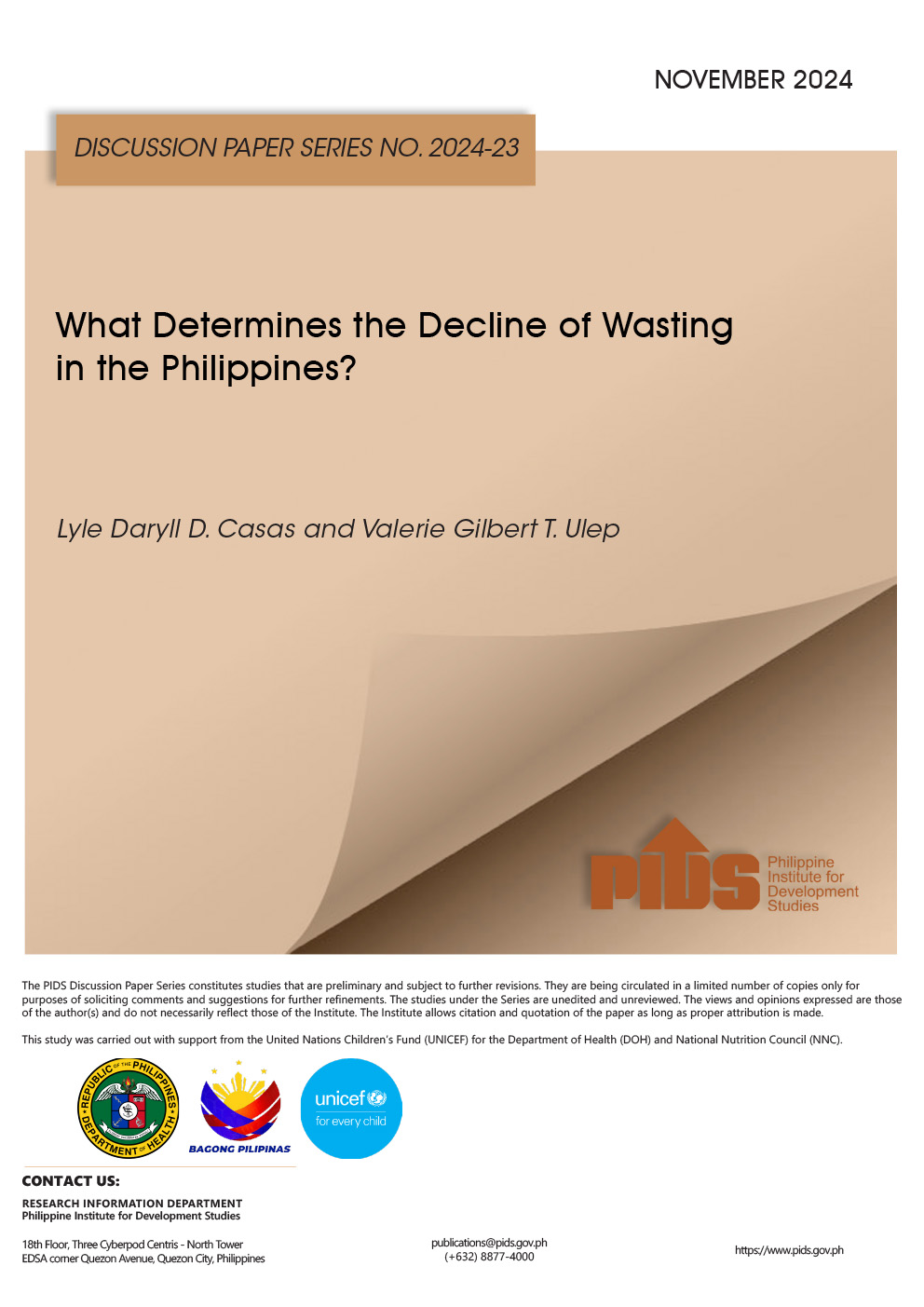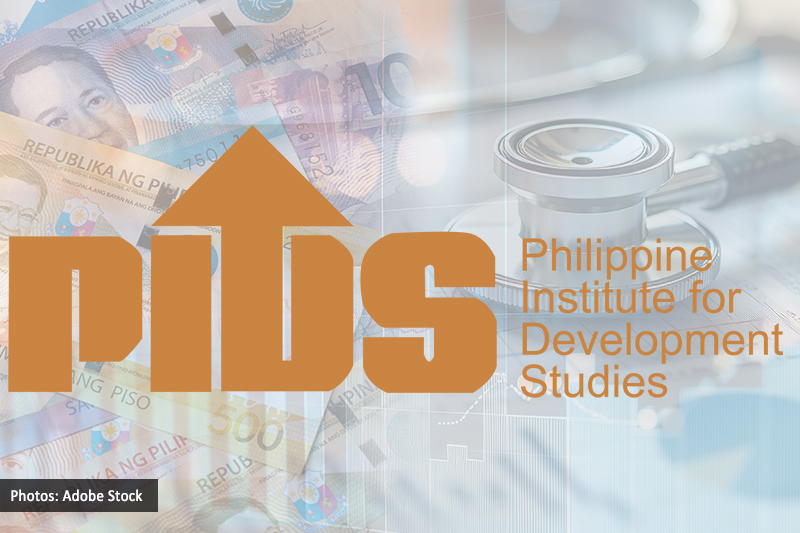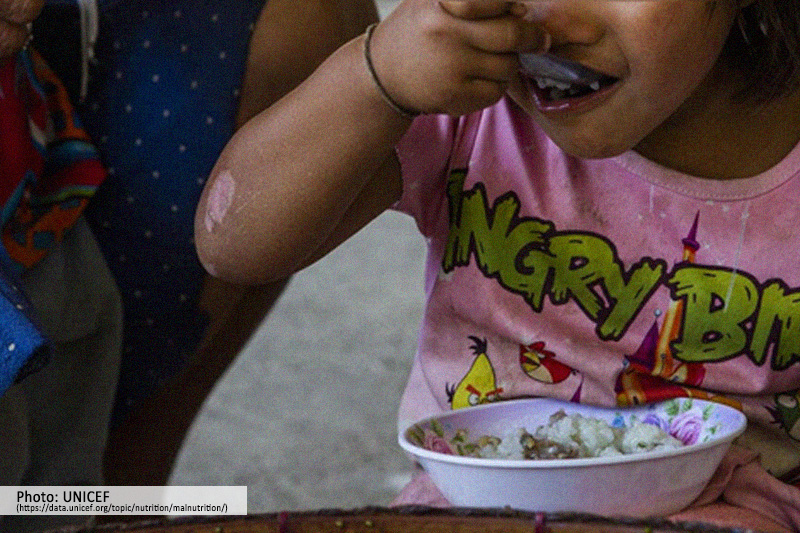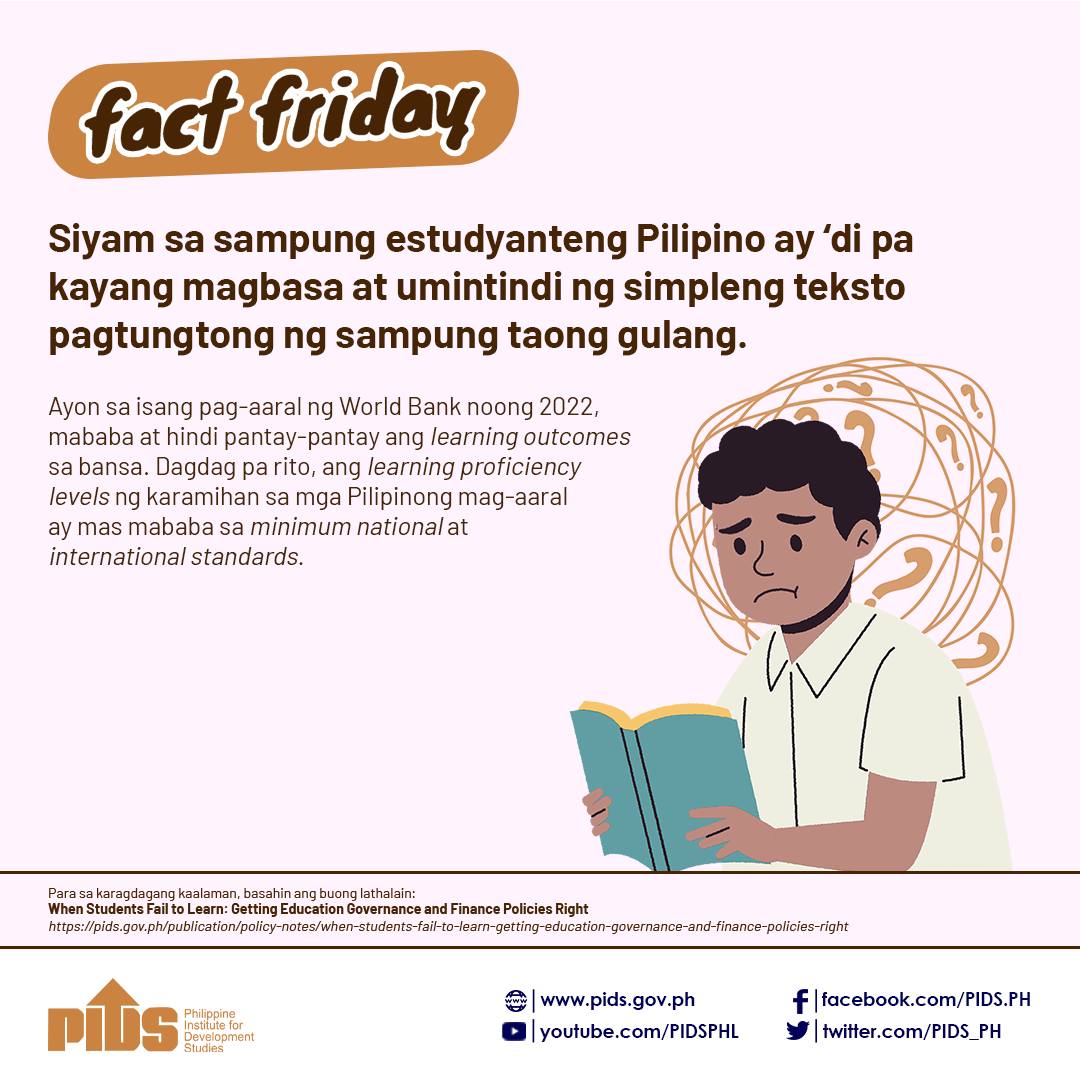MANILA, Philippines — A return to pre-pandemic growth pace could be delayed as the country grapples with intermittent lockdowns and the emergence of new COVID variants, the Philippine Institute for Development Studies (PIDS) said.
In an economic policy study, the state think tank said the country’s gross domestic product (GDP) would expand by a slower 5.4 percent this year from its earlier forecast of six percent.
The latest 2021 projection of PIDS is higher than the four to five percent target set by the Development Budget Coordination Committee (DBCC).
“The downgrade in the forecast is supported by high-frequency community mobility indicators, which point to a failure to regain pre-crisis mobility in many areas, and surveys of bank loan officers, who reveal a tightening of financial conditions, characterized by stricter credit standards as well as weak credit demand,” PIDS senior research fellow Margarita Debuque-Gonzales said.
The lower forecast is in light of the intermittent tight quarantines in Metro Manila and adjacent areas and the impact these may have on aggregate demand.
“There are downside risks to the forecasts, with negative factors potentially offsetting the anticipated boost from election spending. Based on these estimates, output is not expected to return to pre-COVID levels until next year,” Debuque-Gonzales said.
The PIDS study said global and domestic indicators all point to slowing economic activity in the Philippines on account of the persistence of the COVID virus, with a resurgence of cases worldwide and outbreaks even in countries running strong vaccination programs.
“Much of the uncertainty has been fueled recently by the emergence of the Delta variant, characterized by higher rates of transmission and breakthrough infections and constant reports of new variants. The more contagious version had already led to a return of containment measures across many countries, especially in Southeast Asia,” the report said.
As lockdown measures have been eased amid the decline in daily COVID infections to less than 1,000 from a high of more than 26,000 in September, the World Health Organization has warned about a new variant called Omicron.
The PIDS study further said a strong monetary policy response allowed financial conditions to quickly recover after sharply deteriorating at the onset of the pandemic crisis in March 2020. The financial environment has already begun to worsen with the resurgence of a more infectious COVID-19 variant.
The sharp tightening of the Philippine financial conditions index (FCI) in March 2020 due to the pandemic and stringent public health restrictions quickly reversed in succeeding months and further loosened by November last year.
Yet, the FCI headed downward again in July 2021 and would likely worsen in August, with Metro Manila back to tighter quarantines. The lockdown has been downgraded to Alert Level 2 amid the continued decline in COVID-19 infections.
“Despite a strong monetary response, such credit indicators were observed to have dragged down the index during the COVID-19 crisis. While a negative shock to the equity market represented the initial and worst impact of the pandemic and associated lockdowns, bank lending conditions soon worsened considerably,” the PIDS said.
Think tank sees delayed return to pre-COVID-19 levels
Related Posts
Publications
Press Releases
Video Highlights
[No related items]

